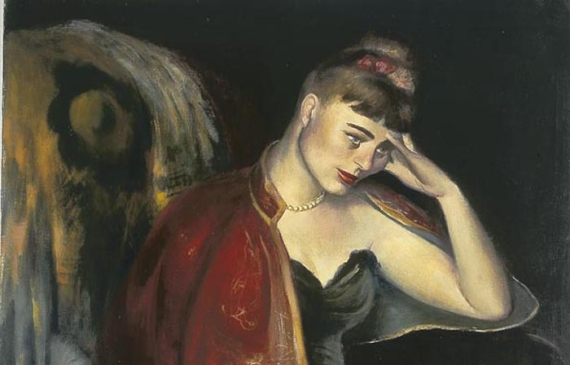
Guy Pène du Bois (American, 1889-1958)
Portrait of Yvonne, c. 1935
Oil on canvas, 38 H. x 29 W. inches
Signed lower left: Guy Pène du Bois
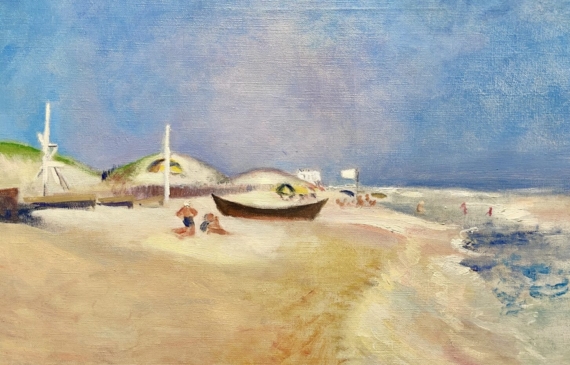
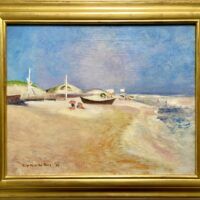
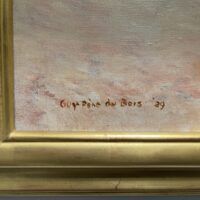
Guy Pène du Bois (American, 1889-1958)
Seaside, Amagansett Beach, 1939
Oil on canvas, 16 H. x 20 W. inches
Signed and dated lower left: Guy Pène du Bois ’39
with label from James Graham & Sons, NY.
Provenance:
The Estate of Richard P. Mellon
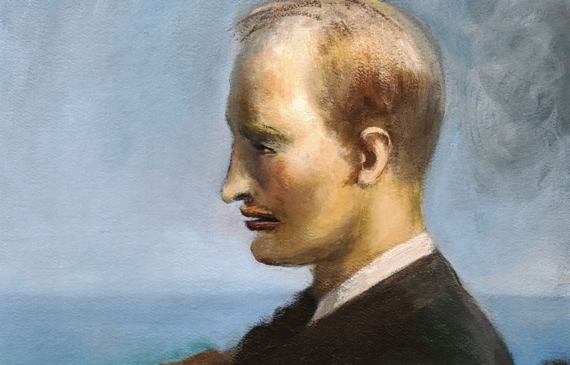
Guy Pene du Bois (American, 1884-1958)
Portrait of Chester Dale
Oil on canvas, 20 H. x 16 W. inches
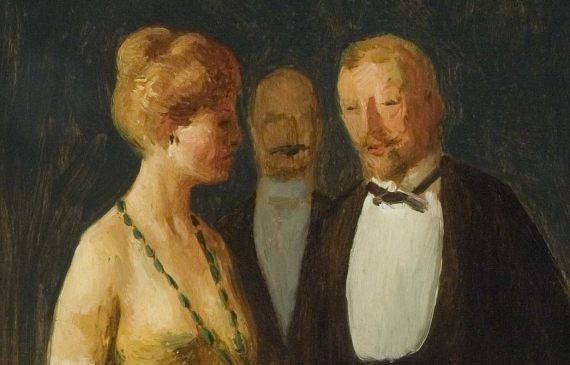
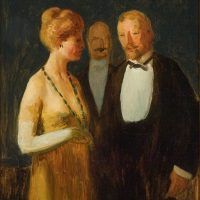
Guy Pène du Bois (American, 1889-1958)
The Intellectuals, circa 1912-14
Oil on panel, 20 H. x 15 W. inches
Inscribed in pencil on verso:
The Intellectuals / Guy Pène du Bois

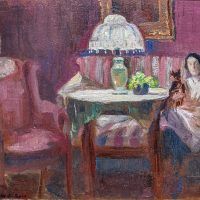

Guy Pène du Bois (American, 1889-1958)
Woman in Parlor, 1905
Oil on artists board
7 ½ H. x 10 W. inches
Provenance:
David David, Inc, Philadelphia, PA
Private Collection, New York
Literature:
Betsy Fahlman, Guy Pène Du Bois: Painter of Modern Life, New York: James Graham & Sons, 2004, p. 70
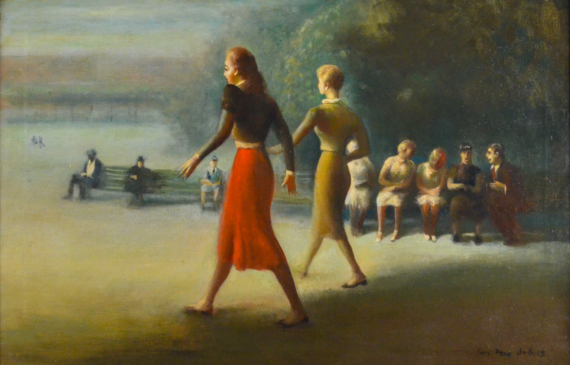
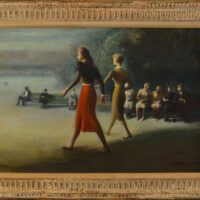
Guy Pène du Bois (American, 1889-1958)
Attention, 1948
Oil on canvas, 20 H. x 30 W. inches.
Signed lower right: Guy Pène du Bois
Guy Pène du Bois was an American artist born into a French family. His training began in 1899 under William Merritt Chase. After spending time in France, the artist returned home to New York in 1906 and took a job as a general reporter with the New York American. It was a position that provided the interesting opportunity to observe people from all walks of life. During this early period in his career, Pène du Bois became involved with the Association of American Painters and Sculptors, which organized the Armory Show of 1913. Pène du Bois and his peers, who viewed themselves as a challenge to the conservative art establishment, resigned from the Association. His resignation left Pène du Bois free to establish a gallery career, which he did, and to cultivate the subtle and satirical humor in his work.
Guy Pène du Bois was one of the most stylish artists in early 20th century America. He found his subjects in daily life, painting the people he observed in cities, parks, cafes, cabarets, and at the opera. As an amused spectator of social theater and a gentle satirist, he often portrayed the comical pretensions of a variety of characters that included lawyers, actors, politicians, and gallery-goers. Pène du Bois began his training as a student of William Merritt Chase at the New York School of Art and was later under the direction of Robert Henri. Henri profoundly influenced the painter’s early stylistic approach of applying darkened tonalities and broad brushwork to the canvas, as well as Pène du Bois’ life-long interest in subject matter gleaned from “real life”. In 1905, Pène du Bois made his first visit to Paris, where he painted scenes of fashionable people in cafes rendered in the dark tonalities and impasto commonly associated with the Ashcan School.